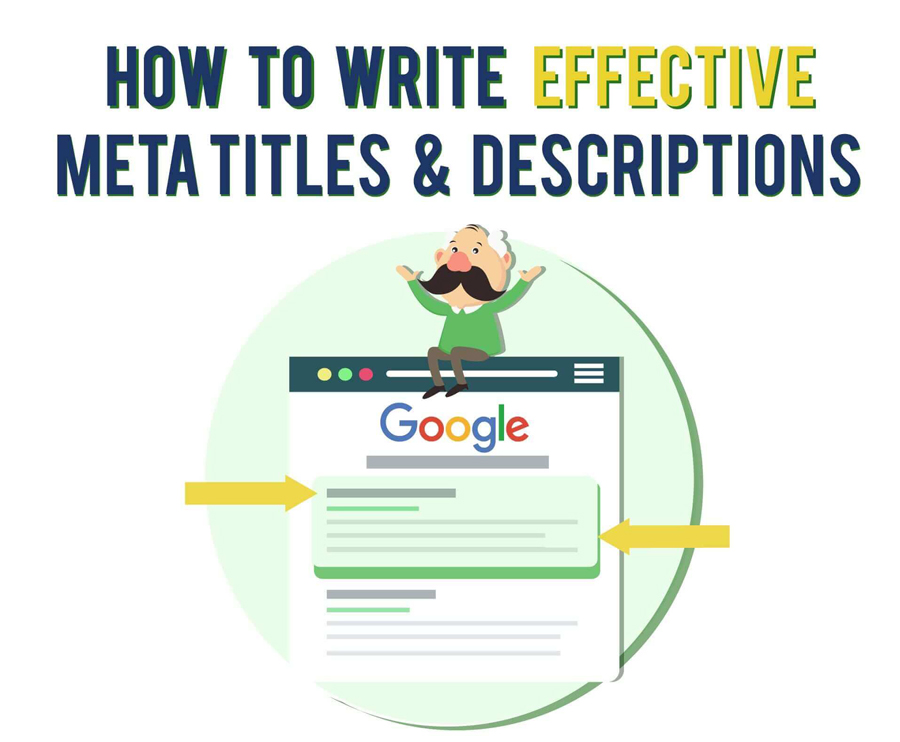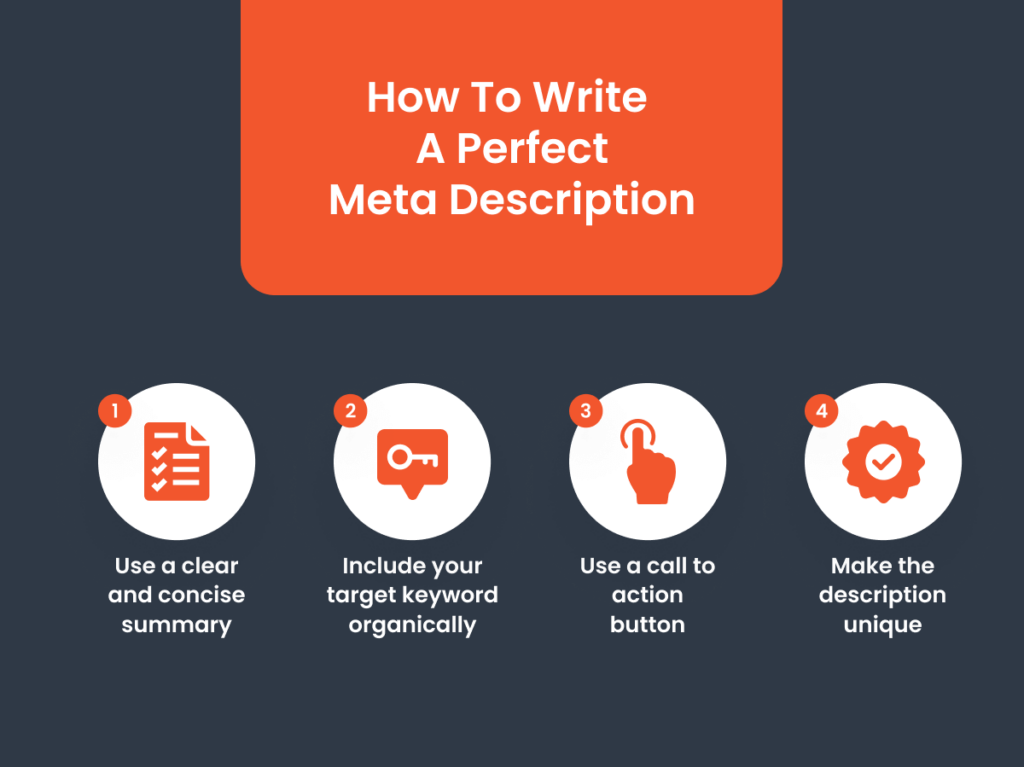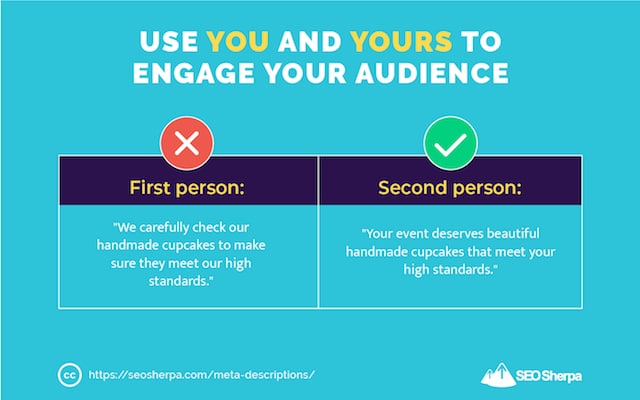Learn how to craft meta descriptions that improve click-through rates and boost your website’s SEO with these expert tips.

Image courtesy of via DALL-E 3
Table of Contents
Welcome to our blog post all about meta descriptions! Do you know what a meta description is? Don’t worry; we’re here to help you understand. Meta descriptions play a crucial role in the world of blogs and search engines. Today, we’ll unravel the mystery behind meta descriptions and why they matter for your blog’s visibility on search engines.
Imagine you’re searching for something on the internet, like the best pizza place in town. You type your query into a search engine like Google, and a list of results pops up. Have you ever noticed that little snippet of text under each search result? That’s the meta description! It’s like a sneak peek of what you’ll find on that webpage.
Now, why is this tiny description so important? Well, it helps people like you decide if they want to click on a link and explore more. Search engines also use meta descriptions to understand what a webpage is all about. So, crafting an effective meta description can make a big difference in driving traffic to your blog.
Keep It Short and Sweet
Ideal Length of Meta Descriptions
When it comes to crafting a meta description, shorter is often better. The ideal length for a meta description is around 150-160 characters. This limitation forces you to be concise and pack a punch with your words. By keeping it short, you ensure that readers get the information they need at a glance without having to sift through unnecessary details.
Why Short is Better?
Short meta descriptions are like bite-sized snacks of information. They give readers a quick glimpse into what your page is about without overwhelming them with a wall of text. Remember, search results typically cut off longer descriptions, so keeping it short ensures that your message gets across without being truncated. Short and sweet is the way to go!
Use Active Language
When it comes to crafting effective meta descriptions, using active language can make a big difference. Active language helps engage readers and capture their attention right from the search engine results page. Let’s dive into why active language is crucial for creating compelling meta descriptions.
What is Active Language?
Active language is all about making your sentences clear, direct, and engaging. It focuses on the subject of the sentence performing the action, which makes the message more impactful. For example, in an active sentence, you would say, “The cat chased the mouse,” rather than “The mouse was chased by the cat.”
Benefits of Active Language
By using active language in your meta descriptions, you can make the content more interesting and dynamic. Active sentences grab the reader’s attention and make them want to learn more. For instance, compare “Discover the best hiking trails near you” to “The best hiking trails near you can be discovered.” The first sentence is more engaging and prompts action, making the reader curious to click on the link.
Include a Call to Action
Now that you understand the importance of crafting an effective meta description, it’s time to take action. A call to action (CTA) is a powerful tool that invites readers to engage further with your content. Let’s explore why CTAs are essential and how you can incorporate them into your meta descriptions.

Image courtesy of www.pagetrafficbuzz.com via Google Images
What is a Call to Action?
A call to action is like a friendly nudge that encourages readers to take the next step. Common CTAs include phrases like ‘Read More,’ ‘Discover,’ or ‘Learn More.’ By adding a CTA to your meta description, you can guide readers on what action to take next, such as clicking on the link to your blog.
Examples of Effective CTAs
Here are some straightforward examples of engaging CTAs that can entice readers to click:
1. Explore the full story now!
2. Unlock the secrets within.
3. Dive deeper into this topic.
By including a compelling call to action in your meta description, you can increase the likelihood that readers will click on your link and explore your content further. So, don’t forget to add that extra touch to prompt action!
Incorporate Keywords Wisely
Keywords are the words people use in search engines to find information. They are like the secret codes that help search engines understand what a web page is all about. For example, if someone is looking for the best chocolate chip cookie recipe, they might type in keywords like “chocolate chip cookies” or “homemade cookie recipe.”
How to Use Keywords in Meta Descriptions
When crafting your meta description, it’s essential to include relevant keywords that people might use when searching for your content. However, it’s crucial to incorporate these keywords naturally and not to stuff them in just for the sake of it. Search engines can detect when keywords are forced, and this can hurt your website’s ranking.
Try to think about what search terms someone might use to find your page and include those keywords in a way that makes sense. For instance, if your blog post is about the benefits of yoga for beginners, you could include keywords like “beginner yoga” or “yoga benefits” in your meta description.
Be Specific and Relevant
In crafting an effective meta description, it is crucial to be specific and relevant to the content on the page. By doing so, you are providing users with a clear and concise summary of what they can expect when they click on the link in search results.

Image courtesy of appsalon.com.au via Google Images
Why Specificity Matters
Specificity is vital because it helps readers understand exactly what they will find on the page before clicking through. A specific meta description gives a clear indication of the content’s topic, ensuring that users are more likely to engage with the link if it aligns with their interests.
Using vague or general descriptions may lead to confusion for readers, making it less likely for them to click on the link. Being specific sets accurate expectations and increases the chances of attracting the right audience to your page.
Keeping Descriptions Relevant
To maintain relevance, ensure that your meta description accurately reflects the content on the page. If the description promises one thing but the page delivers another, it can lead to a high bounce rate, as users may feel misled and quickly leave the site.
Make sure that your meta description includes keywords that are relevant to the page’s content. By aligning the description with the actual information on the page, you create a cohesive experience for users and improve the chances of retaining their interest and engagement.
Avoid Duplication
Avoiding duplication means making sure that each meta description is unique and not repeated for different pages. When you use the same meta description for multiple pages, it’s considered duplication.
Consequences of Duplicate Descriptions
Having duplicate meta descriptions can cause confusion for both search engines and readers. Search engines like Google may penalize your website for using duplicate content, which can harm your SEO efforts. Readers may also be perplexed if they come across the same description for various pages, leading to a lack of clarity and potential disinterest.
Update Regularly
In the world of meta descriptions, staying up-to-date is key to attracting clicks and engaging readers. Let’s dive into why keeping your meta descriptions fresh and current is essential for your blog.

Image courtesy of seosherpa.com via Google Images
Why Update Meta Descriptions?
Imagine you have a favorite book, but the cover is outdated and doesn’t reflect the exciting story inside. That’s how outdated meta descriptions can feel to readers and search engines. By updating regularly, you ensure that your meta descriptions accurately reflect the current content on your blog. This can lead to increased visibility and traffic as search engines recognize your relevance to trending topics.
How Often to Update?
It’s like watering a plant—regularly but not daily. Consider reviewing and updating your meta descriptions every few months or whenever you make significant changes to your blog content. If your blog covers breaking news or rapidly evolving topics, more frequent updates may be necessary. Keep an eye on your blog’s performance to see if your updates lead to better engagement.
FAQs
If your meta description is too long, search engines may truncate it, cutting off valuable information that could entice readers to click on your link. To avoid this, try to keep your meta descriptions around 150-160 characters, including spaces.
Can I Use the Same Meta Description for More Than One Page?
It’s best to have a unique meta description for each page on your website. Using the same meta description for multiple pages can confuse search engines and may lead to lower rankings. Crafting individual meta descriptions for each page helps you target specific keywords and better describe the content of each page.
How Do I Know if My Meta Description is Effective?
To gauge the effectiveness of your meta description, you can monitor your click-through rates (CTRs). A high CTR indicates that your meta description is attracting readers’ attention and encouraging them to visit your page. Experiment with different descriptions and CTAs to see which ones perform best and adjust accordingly.
Want to turn these SEO insights into real results? Seorocket is an all-in-one AI SEO solution that uses the power of AI to analyze your competition and craft high-ranking content.
Seorocket offers a suite of powerful tools, including a Keyword Researcher to find the most profitable keywords, an AI Writer to generate unique and Google-friendly content, and an Automatic Publisher to schedule and publish your content directly to your website. Plus, you’ll get real-time performance tracking so you can see exactly what’s working and make adjustments as needed.
Stop just reading about SEO – take action with Seorocket and skyrocket your search rankings today. Sign up for a free trial and see the difference Seorocket can make for your website!
Conclusion
In crafting an effective meta description for your blog, remember that it serves as a crucial tool to attract readers and improve your SEO. By following the tips and tricks outlined in this article, you can create compelling meta descriptions that entice users to click on your link.
Key Takeaways
To summarize, here are the main points to keep in mind:
- Meta descriptions are short summaries that appear under your blog’s title in search engine results.
- Keep your meta descriptions concise, ideally around 150-160 characters.
- Use active language to engage readers and encourage them to click on your link.
- Incorporate relevant keywords wisely to improve your SEO.
- Be specific and relevant in describing what your blog offers.
- Avoid duplication of meta descriptions to prevent confusion and penalties from search engines.
- Regularly update your meta descriptions to keep them fresh and current.
Start Crafting Your Meta Descriptions
Now that you have learned the importance of a well-crafted meta description and the tips to create one, it’s time to put your knowledge into action. Experiment with different styles, test what works best for your blog, and don’t forget to analyze the results to further refine your approach. Remember, a compelling meta description can make a significant difference in driving traffic to your blog and engaging your audience.







